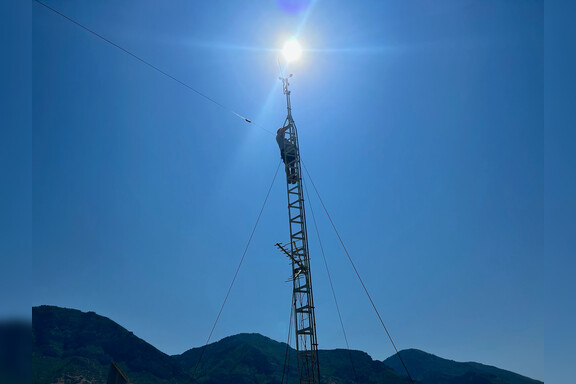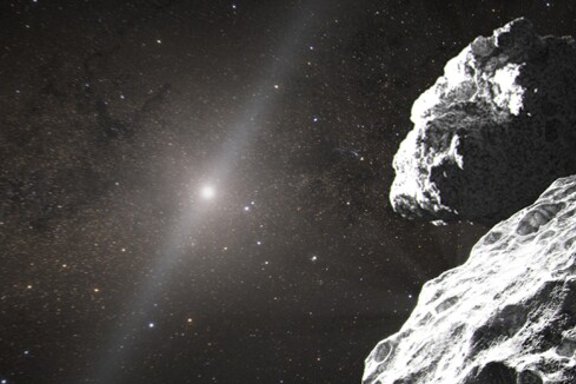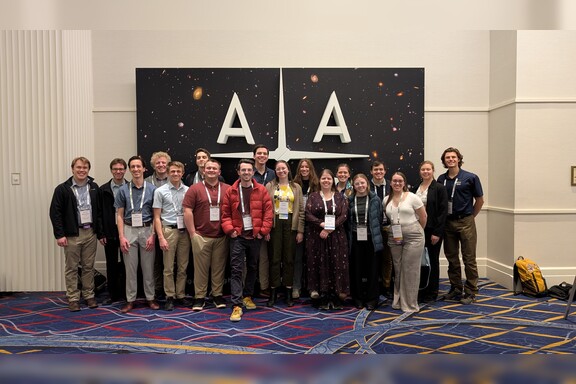News and Events

| Temp: | 87 °F | N2 Boiling: | 75.9 K |
| Humidity: | 24% | H2O Boiling: | 368.4 K |
| Pressure: | 85 kPa | Sunrise: | 6:12 AM |
| Sunlight: | 81 W/m² | Sunset: | 8:53 PM |

A group of undergraduate students braved the heat and heights of the ESC roof to install a new weather station. The station is up and running, and will hopefully record data for years to come.

Using data from NASA's Hubble Space Telescope, a new study suggests that an object previously thought to be a binary system may be a rare triple system of orbiting bodies.

In early January 2025, a group of 16 students from Brigham Young University’s Physics & Astronomy Department showcased their research at the prestigious American Astronomical Society (AAS) in National Harbor, Maryland.







